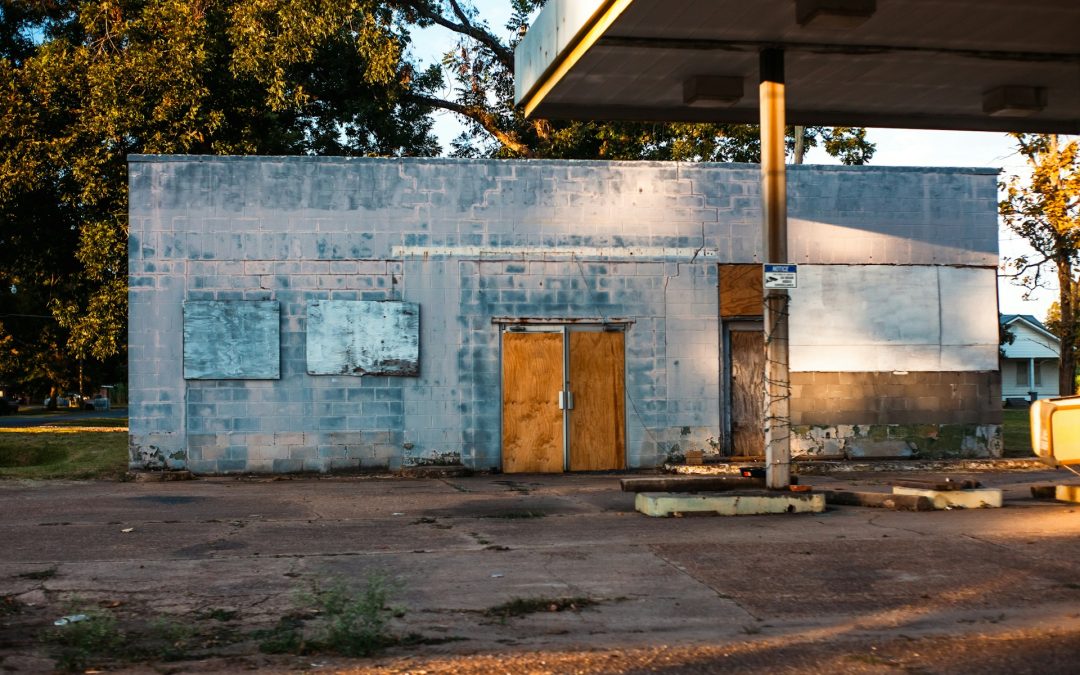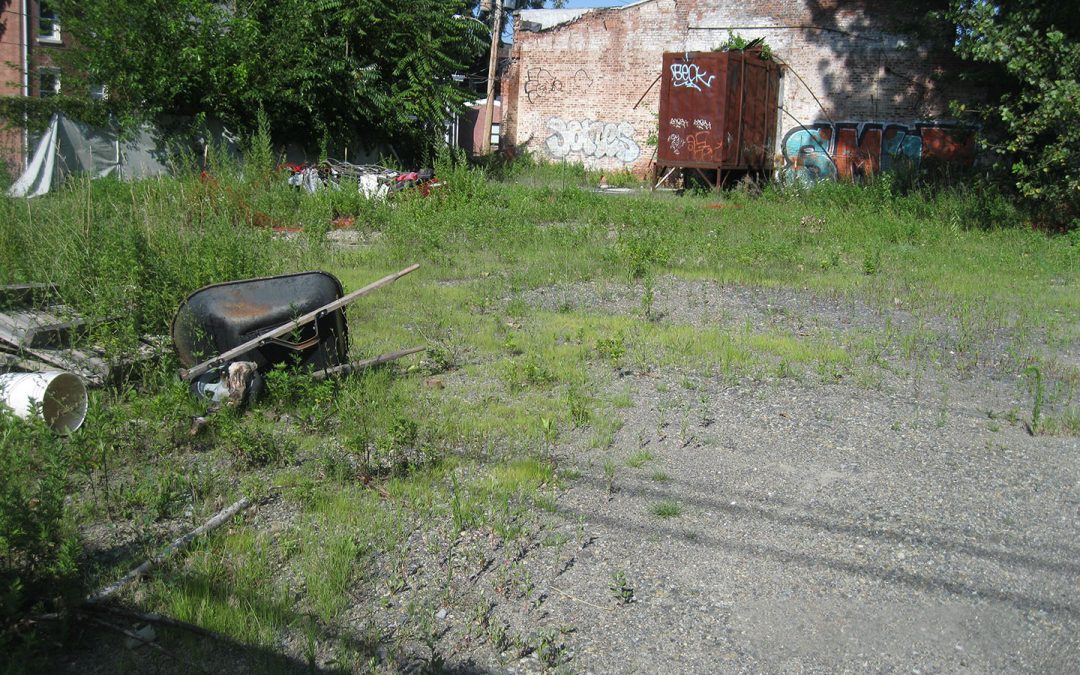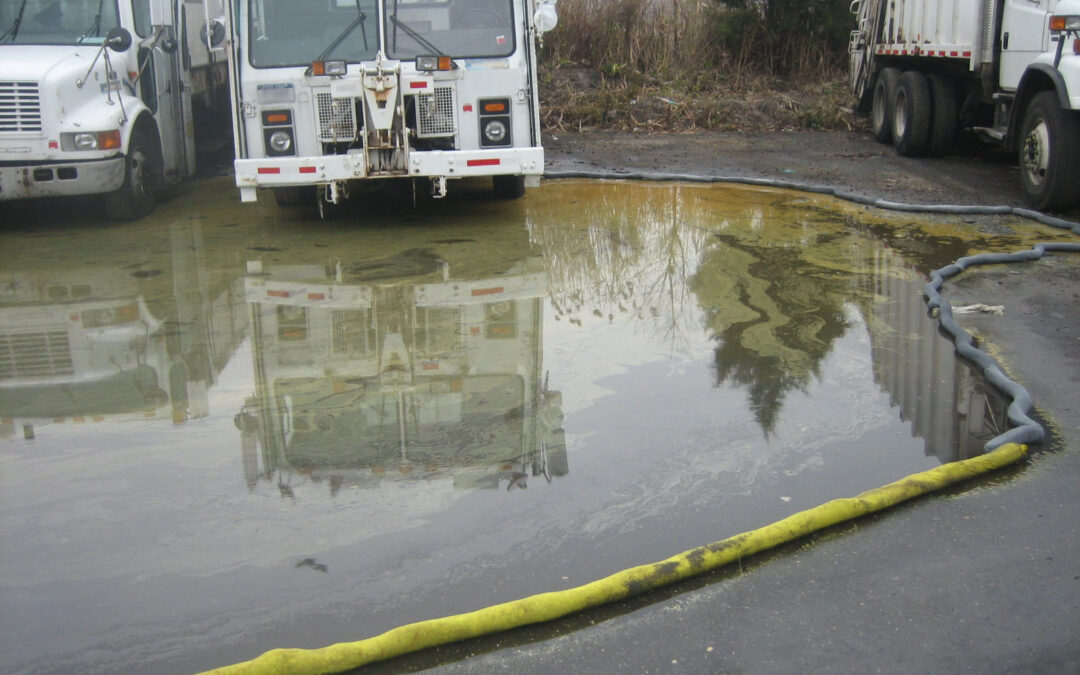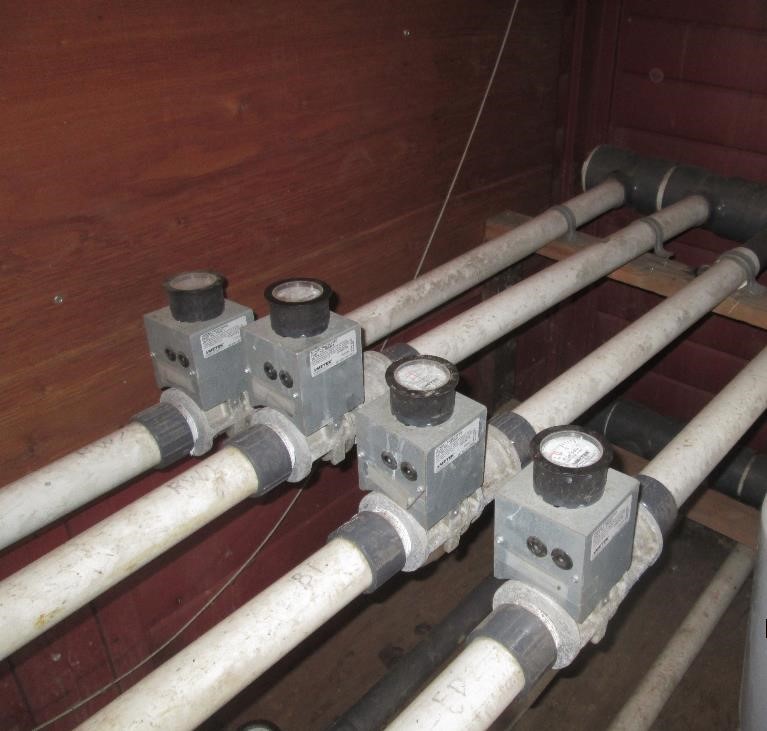
CT DEEP Opens Round 3 of Brownfield Grants to Support Open Space and Community Redevelopment
The Connecticut Department of Energy and Environmental Protection (DEEP) has launched Round 3 of its Brownfields Open Space Grant Program, continuing its efforts to transform contaminated properties into community spaces. This program helps municipalities and...

Sole Source Aquifers: A Lifeline for Many New Yorkers
Long Island may be surrounded by water, but would it surprise you to know that our drinking water only comes from beneath the surface? Specifically, there are only three geologic regions on Long Island from which we obtain our water, and over 2.8 million people rely...

Using Rare Earth Elements to Assess Groundwater Remediation Efforts
Remediation is a term used to describe the processes through which hazardous materials or wastes (such as gasoline) and contaminants (like cleaning solvents and metals) are destroyed or removed from underground soil, groundwater, or sediment systems. The two main...

Proposed Legislation for Brownfield Redevelopment Tax Incentive
The U.S. House of Representatives Ways and Means Committee is currently reviewing the proposed Brownfields Redevelopment Tax Incentive Reauthorization Act of 2023. This legislation aims to reintroduce the tax incentives originally offered to owners of brownfield...

Soil Vapor Intrusion and Indoor Air Quality Concerns
Dangerous chemicals in the air don’t just come from wildfires and smoke. Soil vapor can have a significant impact on indoor air quality. When soil and/or groundwater are contaminated by volatile organic compounds, these contaminants are released into soil vapor which...

An Introduction to NYSDEC’s DER-10 Technical Guidance for Site Investigation and Remediation
Site investigations are performed when a site is suspected of being contaminated due to historic operations or when a known release of petroleum or chemical products occurs. The objective of such investigations is to determine the nature and extent of contamination in...

When Do You Need to Report Spills in New York State?
According to the New York State Department of Environmental Conservation (DEC), there are about 16,000 confirmed and suspected spills that get reported to the agency each year. Of those 16,000 spills, about 90% involve petroleum products. It is important to know what...

Dry Cleaners Regulatory Update – 6 NYCRR Part 232
The Environmental Impact of Dry Cleaners Historically, dry cleaning facilities have been hotbeds for subsurface contamination due to the solvents used in the dry cleaning process. Chlorinated solvents are the chemicals most associated with dry cleaners and their...

Soil Vapor Intrusion Solutions – Sub-Slab Depressurization System
How to Address Soil Vapor Intrusion Discussed in a previous blog (link at the bottom of the page), subsurface contamination can find its way into habitable buildings via minor breaches in a building’s foundation and/or flooring. Source area removal, or direct removal...

What is Soil Vapor Intrusion, and Why Should We Be Concerned?
How Can Environmental Contamination Affect You? Soil Vapor Intrusion Subsurface contamination, whether stemming from hazardous groundwater, oil spills, leaky storage tanks, or other buried waste can pose a threat to human health in the form of vapor intrusion. ...
